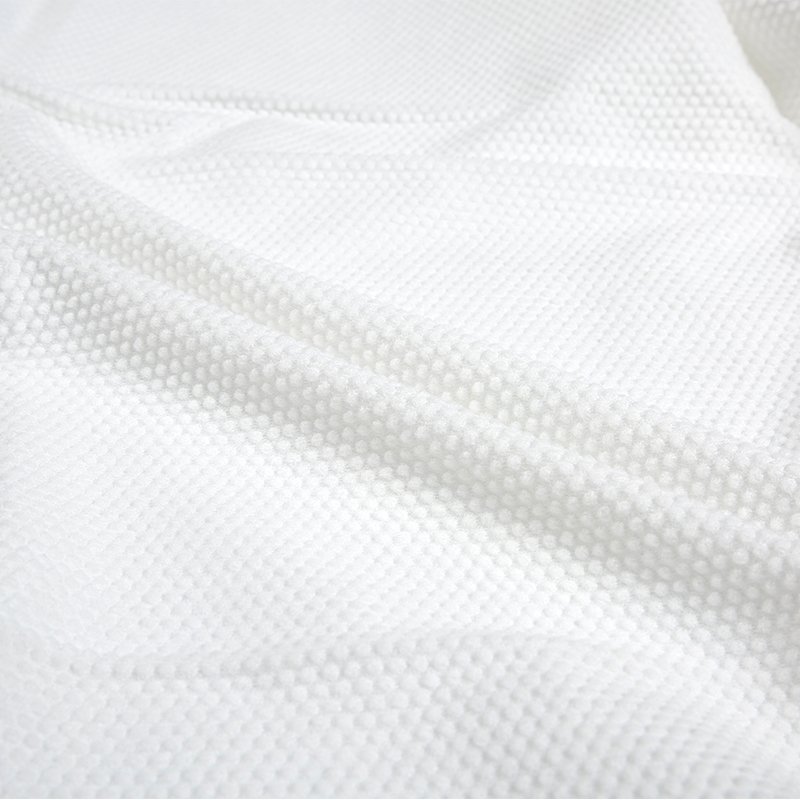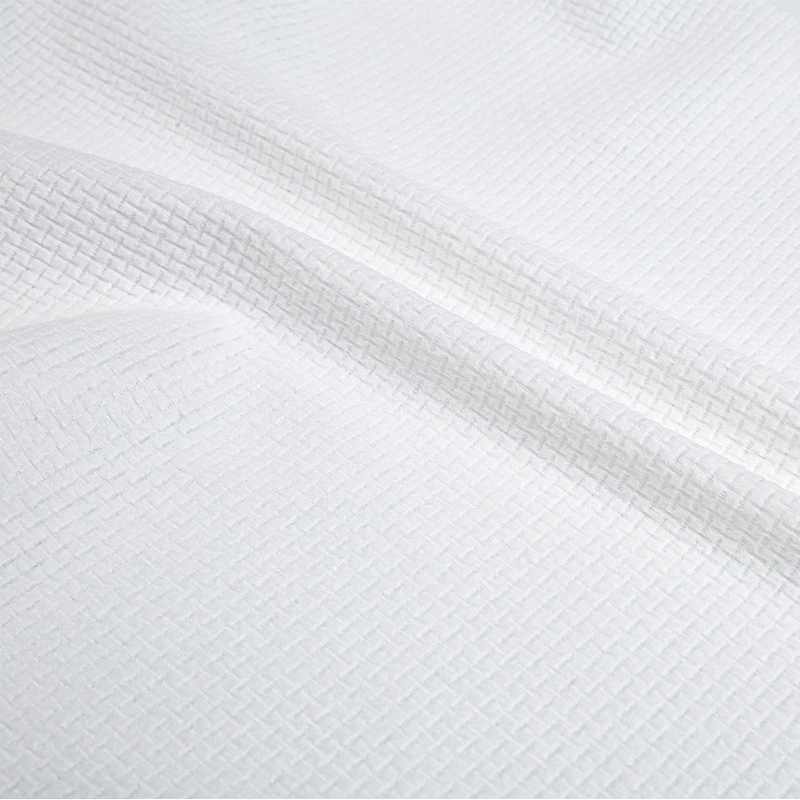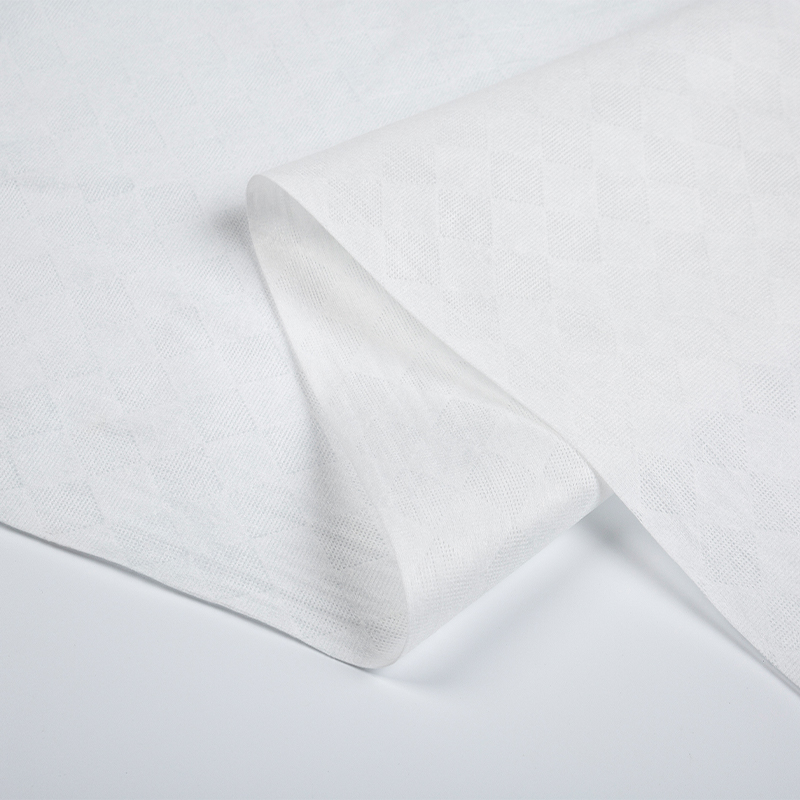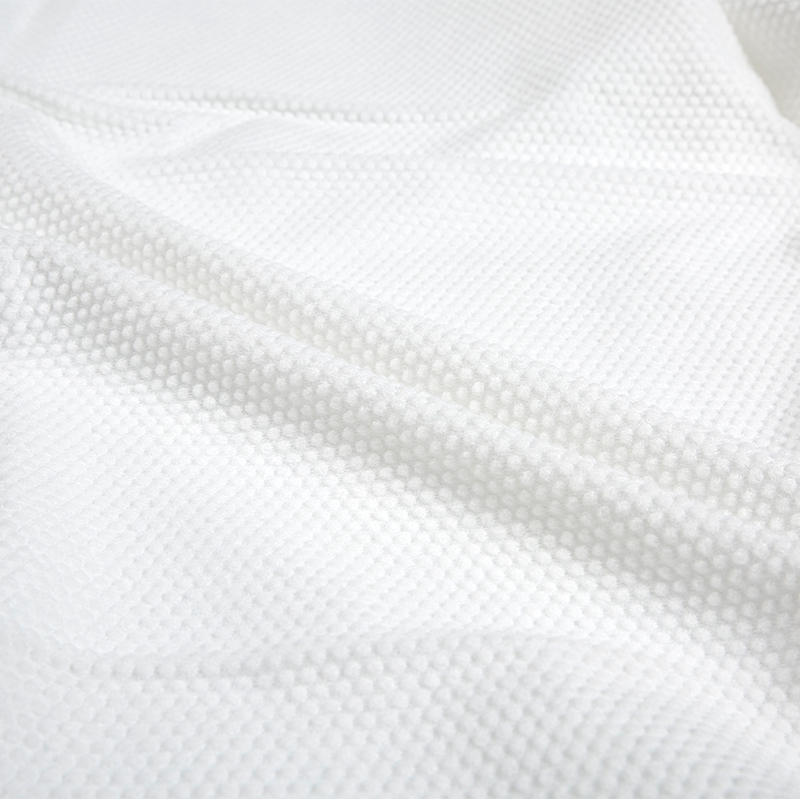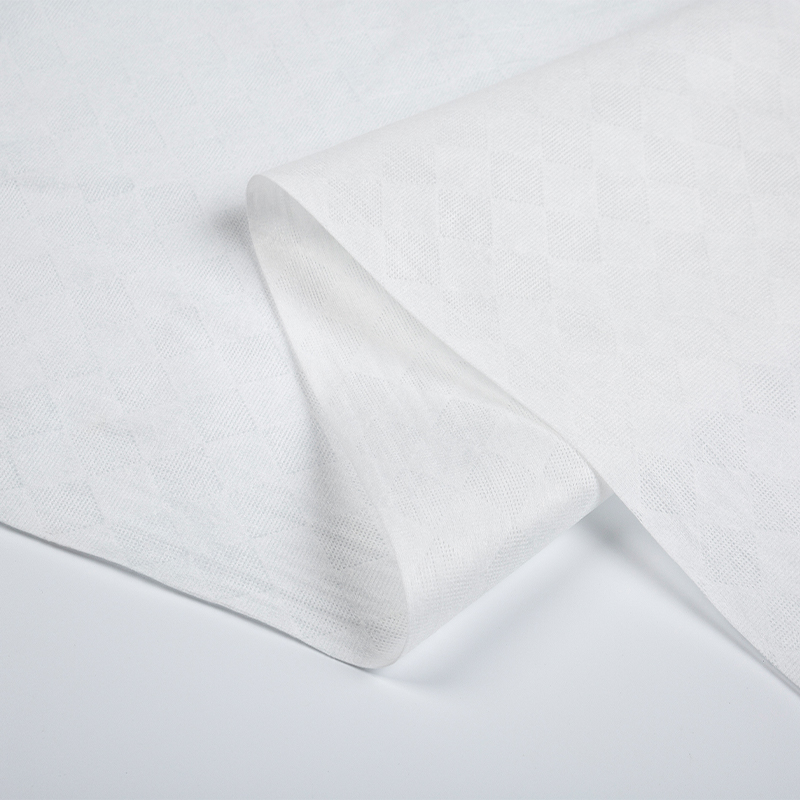Founded in 2022, Hangzhou Shunlong Nonwovens Technology Co., Ltd. is a professional China nonwoven fabric manufacturer and non-woven raw material factory
Core Raw Materials for Spunlace Nonwoven Production
Spunlace nonwoven fabric production primarily utilizes three categories of raw materials: natural fibers, synthetic fibers, and specialized blends. Natural fibers including cotton, viscose, and wood pulp remain popular for their biodegradability and softness, particularly in hygiene and medical applications. Synthetic fibers such as polyester and polypropylene dominate markets requiring enhanced durability and liquid resistance. The growing trend toward sustainable production has led to increased use of recycled polyester and biodegradable synthetic alternatives that maintain performance while reducing environmental impact.

Innovative Material Developments in Spunlace Technology
Recent advancements in spunlace nonwoven fabric raw materials have focused on enhancing functionality while addressing environmental concerns. Manufacturers now offer fibers with built-in antimicrobial properties for medical applications, temperature-regulating fibers for comfort products, and ultra-fine microfiber blends that improve fabric strength without compromising softness. The development of bicomponent fibers has enabled the creation of fabrics with gradient properties, allowing different performance characteristics on each surface. These innovations are expanding the potential applications for spunlace nonwovens in technical and industrial markets.
Quality Considerations for Raw Material Selection
Selecting optimal spunlace nonwoven fabric raw materials requires careful evaluation of several key factors. Fiber length and diameter significantly influence the final fabric's strength and texture, while crimp characteristics affect bulkiness and absorbency. The hydrophilic or hydrophobic nature of the fibers determines liquid interaction properties critical for wipes and filtration applications. Color consistency, purity levels, and fiber finish quality all contribute to the processing efficiency and final product performance. Leading manufacturers conduct rigorous testing of raw material batches to ensure consistent quality and performance in the finished nonwoven fabric.
Sustainability Trends in Raw Material Sourcing
The spunlace nonwoven industry has made significant strides in sustainable raw material sourcing to meet growing environmental regulations and consumer demand. Many producers now incorporate post-consumer recycled content, with some achieving up to 100% recycled material compositions without sacrificing performance. Biodegradable fiber options derived from bamboo, hemp, and other renewable sources are gaining market share, particularly in single-use applications. The industry is also developing more efficient water and energy use in the spunlacing process itself, further reducing the environmental footprint of these essential materials.
Future Outlook for Spunlace Nonwoven Materials
The future of spunlace nonwoven fabric raw materials points toward continued innovation and specialization. Research focuses on developing smart fibers with responsive properties for advanced wound care and technical applications. The integration of nanotechnology promises to create fabrics with unprecedented filtration capabilities and barrier properties. As circular economy principles gain traction, we can expect to see more closed-loop recycling systems specifically designed for spunlace nonwoven products. These advancements will open new markets while reinforcing the position of spunlace nonwovens as one of the most versatile and sustainable textile solutions available today.

 English
English 日本語
日本語 русский
русский Español
Español